Days are hot here in mid-Missouri, but at night I can sit outside, watch the stars come out and regroup. I do what I do because its important to me.
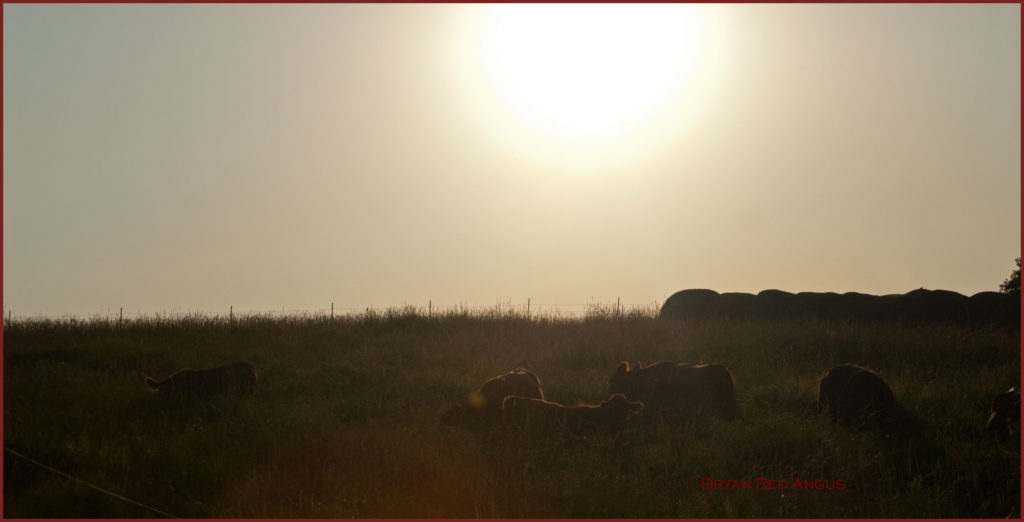
Days are hot here in mid-Missouri, but at night I can sit outside, watch the stars come out and regroup. I do what I do because its important to me.

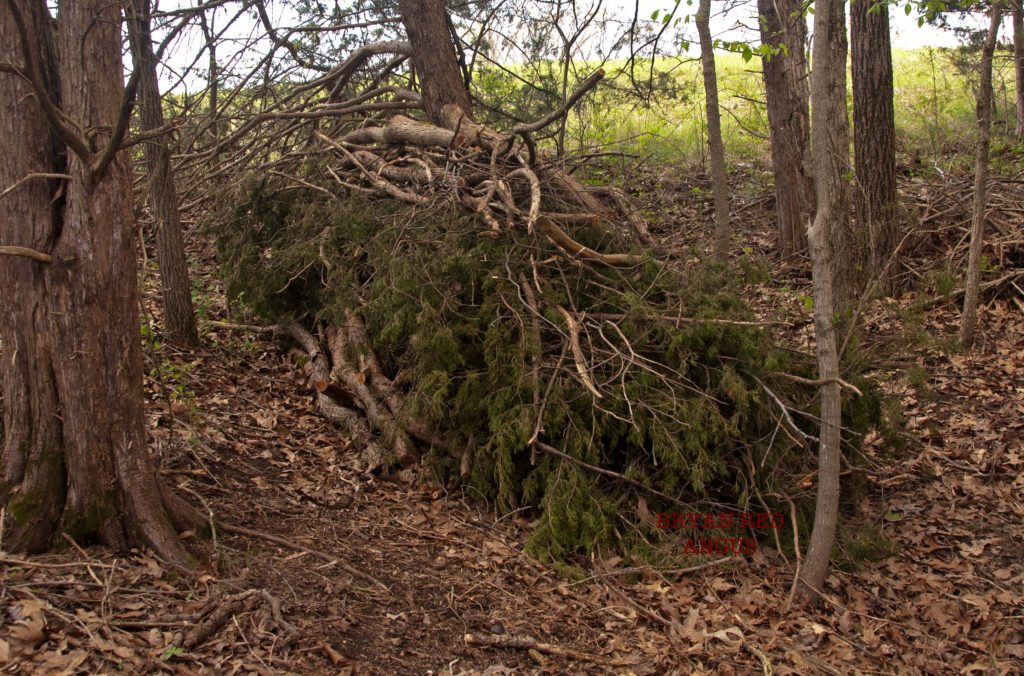
As part of an ongoing conservation effort, invasive, woody species are cut and stacked in wash areas. Not only does the brush slow erosion caused by water and heavy leaf litter, it also creates a wind break and shelter for some wildlife.
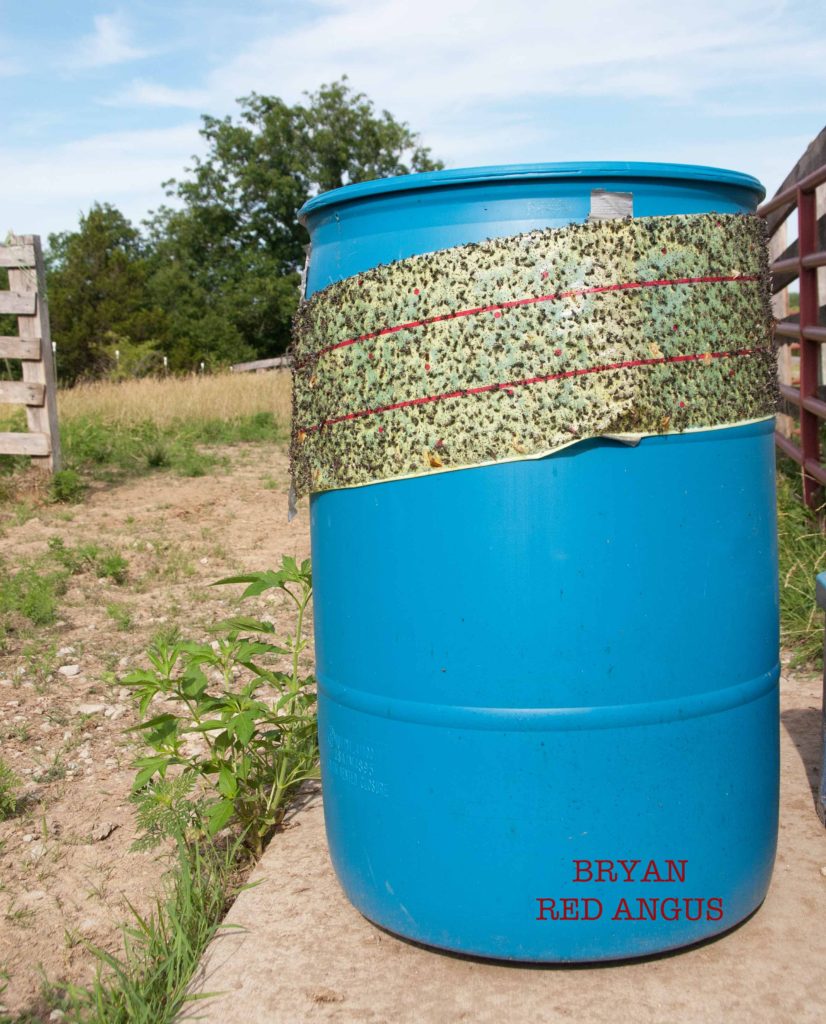
We have added fly tape as additional control of those pesky insects. While we welcomed the Spring moisture, it promoted a plethora of irritation for our cattle.
Six feet by ten inch lengths are put around empty ACV barrels and moved along with the herd.
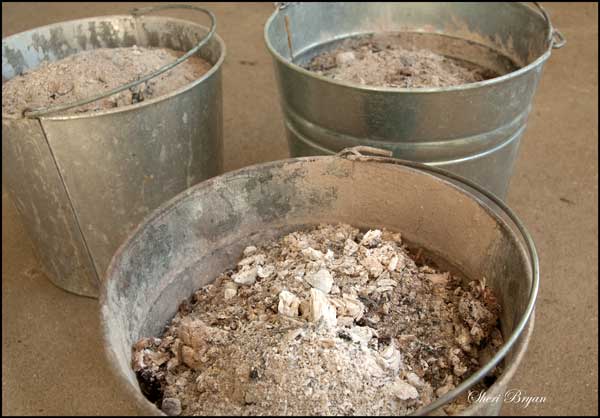
A forecast of snow and ice is our cue to start sitting aside ashes from our wood stove. The past two months of mid-Missouri weather have been difficult. Deep snow and ice have kept us home bound, which really isn’t a bad thing. It’s still important to keep areas of travel clear though. Here lies the benefit of wood ashes. Scattered in the driveway and along walking paths, ashes create traction, help with melting and causes no harm to plants or animals. And it’s free.
Purebred Red Angus bull. This bull was born and raised on our farm. D.O.B. June 13, 2016. Birth weight 80 lbs. Very good disposition. Exclusively grass-fed. Last vaccinated in March of 2018 with a weight of 974 lbs. BSE and trich tested upon agreement to purchase and deposit. $2500. Contact Don at 573-687-3182 or redangus@sheribryan.com.
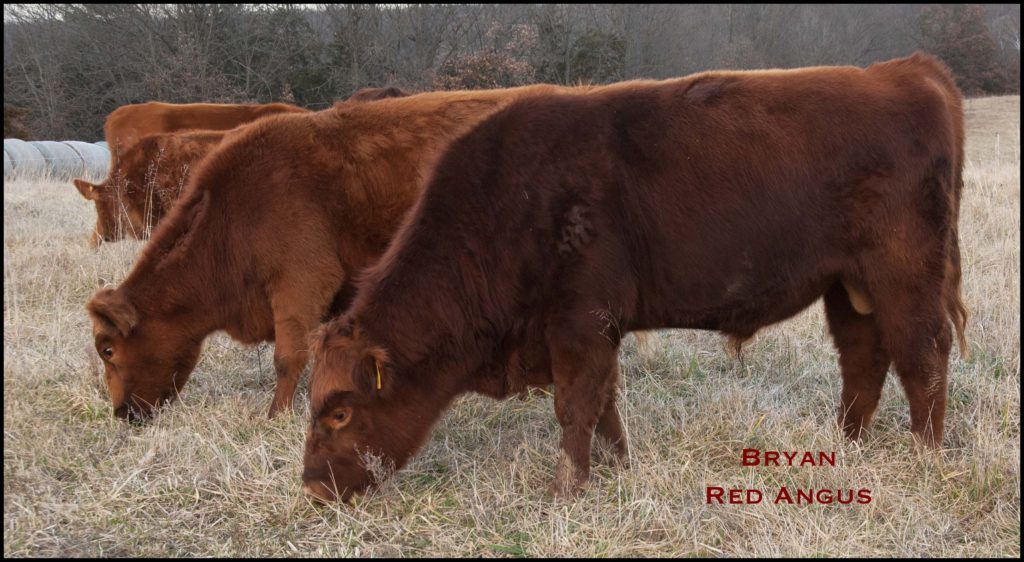
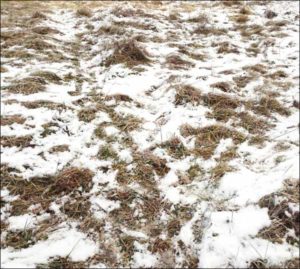 It is December 10th, and we still have grass in front of the cattle. Snow covers the ground, however the they do not expect, or bawl for, hay.
It is December 10th, and we still have grass in front of the cattle. Snow covers the ground, however the they do not expect, or bawl for, hay.
We move them into a new lot each day where they walk around looking for grass. As their hooves scrape across the snow, grass is uncovered. The cow behind begins grazing and so the process continues. 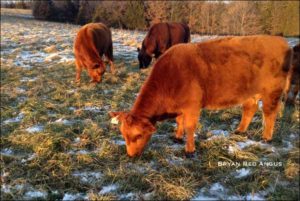
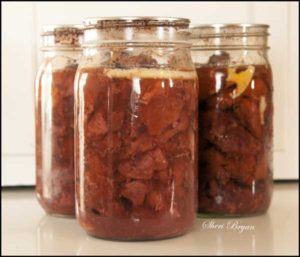 A successful deer season is behind us now. Don opted to can most of the meat this year. It will be the main ingredient for stews and chili or shredded for sandwiches. Our daughter, Elizabeth, has her own secret recipe for sliders which she fixes for friends.
A successful deer season is behind us now. Don opted to can most of the meat this year. It will be the main ingredient for stews and chili or shredded for sandwiches. Our daughter, Elizabeth, has her own secret recipe for sliders which she fixes for friends.
See our recipe category for venison parmigiano. This is a tasty way to prepare the steaks.
1-1/2 lbs. venison cutlets, 3/4” thick
1/3 c. flour
1/3 c. parsley flakes
1/3 c. grated Parmesan cheese
1 (26 oz.) jar spaghetti sauce
2 c. shredded Mozzarella cheese
Combine flour, parsley flakes and Parmesan cheese. Dredge cutlets in the flour mixture. Using oil, brown each side of the cutlets in a frying pan. In a single layer, place the venison in a 9×13 inch baking dish and pour spaghetti sauce evenly over the top. Bake at 400 degrees for 30 minutes. Cover evenly with cheese and bake for 10 minutes more.

Pure bred Red Angus heifer.
From 2010 to May of 2017, our calf crop has been a large majority of bull calves. That was certainly good for us. May 2018, however, gave us a 100% heifer calves. I’m calling this a surprise opportunity. Over the coming months, Don and I will be deciding which heifers to retain and which to offer for sale.